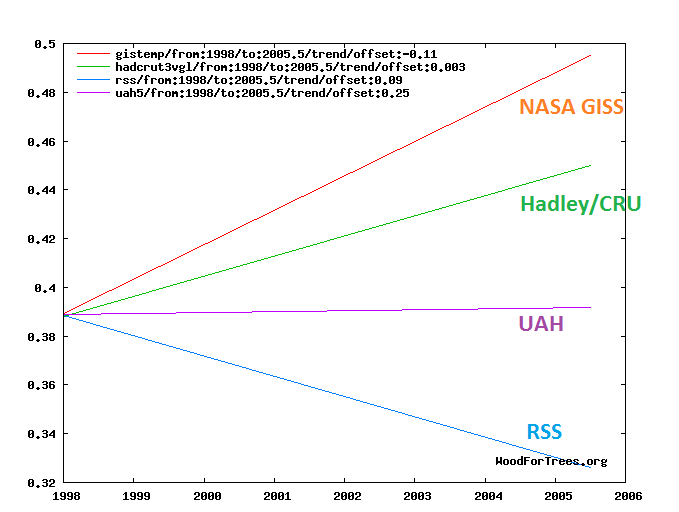Few days ago I noted new sites flash up on screen as a daily weather capture took place.
Guernsey is the second largest of the Channel Islands, a group just off the French coast beside the Cherbourg peninsular.
Met Office Datapoint have added Guernsey, Jersey is already in the data. This is surprising they are similar islands, close geographically, climatically similar.
As usual the Met Office only give crude co-ordinates and no other information. Looks like it is at the airport, as is the Jersey station. On looking I learnt there is
Guernsey Met Office
A division of the States of Guernsey Public Services Department
A further surprise is the 2014 Annual Weather Report (58 pages), a very good work, refreshing in this age of newspeak and excesses.
On UHI
The Lihou Island Automated Met Station received a major service and upgrade in the summer. The station is very important in that it measures temperatures in a completely unspoilt environment. The presence of the Met Observatory at Guernsey Airport means that the airfield provides the official temperature record for the island. Since the Met Office moved there in 1947, however, the land use of the airfield and the surrounding area has changed markedly with a notable increase in the acreage of tarmac, concrete, buildings and other man made surfaces. This land use change results in the formation of an “airport heat island” a phenomenon observed around the world where areas of concrete, roads and runways heat up on days with strong sunlight and then slowly release their heat through the night.
Although the Guernsey Airport heat island is small when averaged over the course of a year and only raises average temperatures by a fraction of a degree, it is an unwelcome variable that makes it harder to accurately detect temperature changes caused by genuine climate change. The Lihou record is therefore invaluable in that it measures temperature in an area where no significant development has been undertaken or will be allowed to take place. Over many years, it should therefore be possible to compare the Lihou temperature record with that of Guernsey Airport and gain an understanding of how land use changes on and around the airport are altering our temperature records.
Google or Bing aerial pictures show the airport is a building site (Google Earth timeline is useful for this). A probable meteorological enclosure, near the control tower, seems to have moved quite recently, to where, no idea. Possibly the Guernsey Met Office have a separate site.
(more…)
























